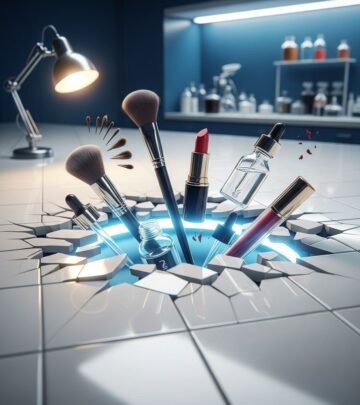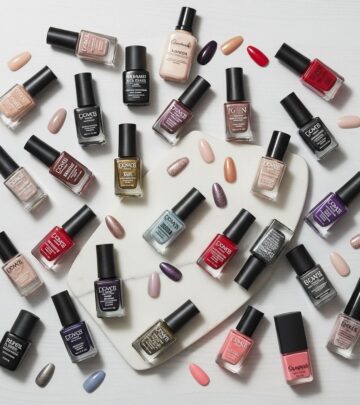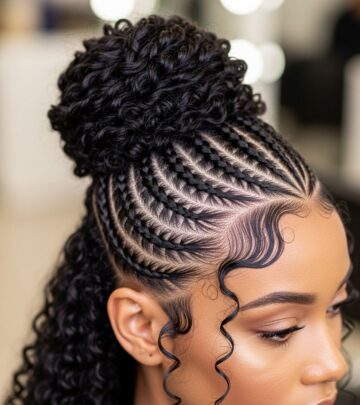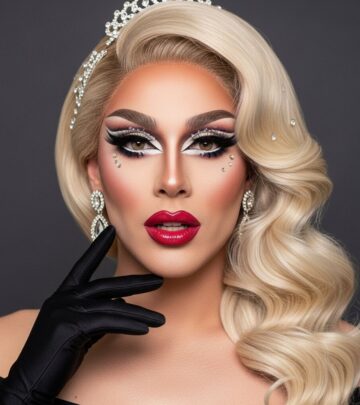Microshading: The Ultimate Guide to Powder Brows
Everything you need to know about microshading, the semi-permanent solution for fuller, natural-looking eyebrows, and how it compares to microblading.
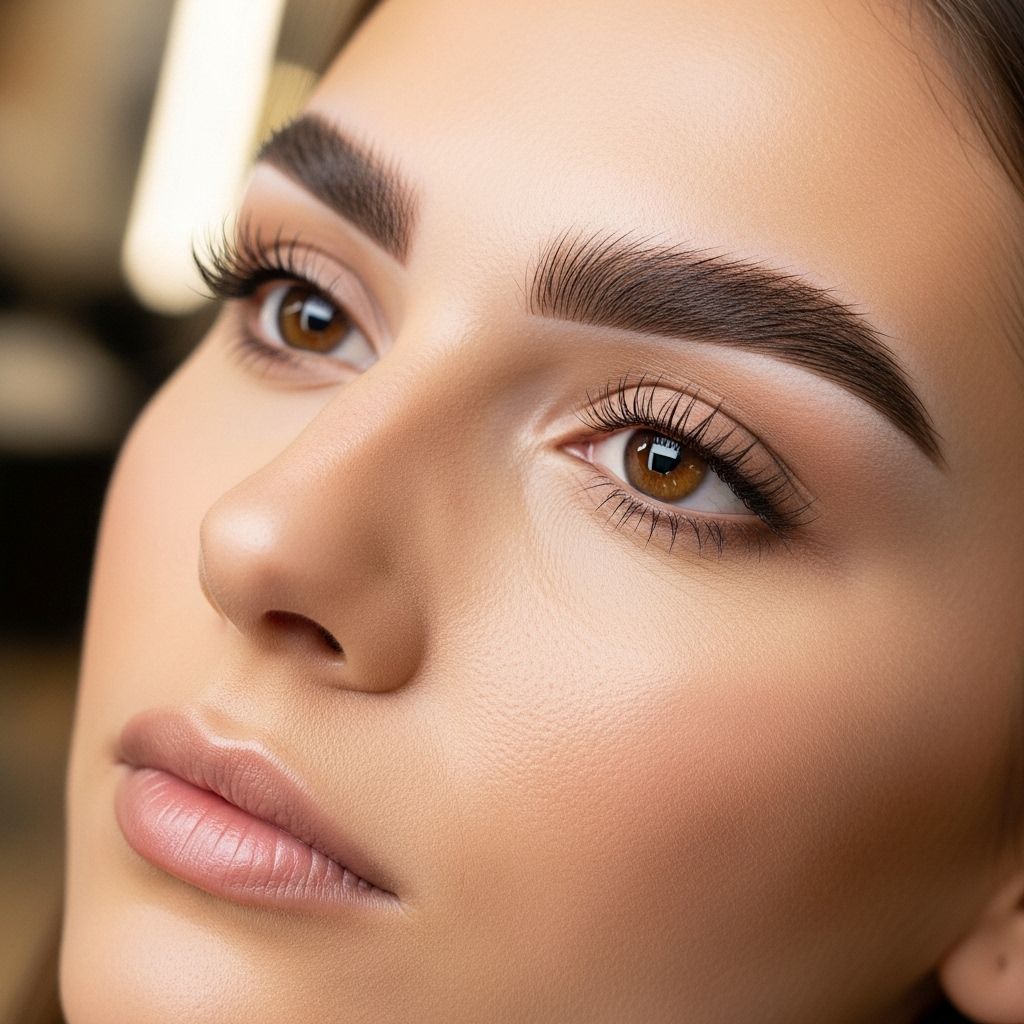
If you’re seeking fuller, perfectly-shaped eyebrows with a natural finish, microshading—also known as powder brows—has likely caught your attention. This comprehensive guide explains everything you need to know about the technique that’s taken over salons and social media: what microshading is, the benefits, how it compares to other brow techniques like microblading, what the process is like, aftercare tips, costs, potential risks, and answers to your most pressing questions about microshading.
What Is Microshading?
Microshading is a semi-permanent cosmetic tattoo procedure that uses a stippling technique—applying tiny pin-point dots of pigment into the skin—to create a soft, powdery, shaded effect on your brows. This mimics the look of brow powder or pencil, giving results that can range from subtly enhanced to bold and defined, depending on your desired intensity.
Unlike the hair-like strokes of microblading, microshading delivers a more filled-in, airbrushed appearance. It is particularly effective for those with sensitive or oily skin, sparse brows, or anyone who prefers a makeup-ready finish that lasts well beyond a single day.
- Technique: A cosmetic technician uses a special machine or hand tool with a fine needle to implant pigment into the upper layers of skin.
- Aesthetic: The results are soft, pixelated, and customizable from natural to dramatic.
- Duration: Results typically last between 1 and 3 years, depending on your skin type and aftercare.
Who Is Microshading For?
Microshading isn’t just for those with sparse brows, though it offers a great solution for anyone who’s struggled with patchiness or thinning due to genetics, over-plucking, aging, or medical conditions. It is also an excellent option for people who:
- Have oily or sensitive skin, which may not retain microblading as well.
- Desire a long-lasting, filled-in look that doesn’t smudge or fade throughout the day.
- Want bespoke brow shapes and definition tailored to their facial features.
- Prefer low-maintenance routines for flawless brows, day after day.
Microshading vs. Microblading: What’s the Difference?
Both microshading and microblading are semi-permanent brow tattoo methods, but they produce distinct looks. Here’s a clear comparison:
| Feature | Microshading | Microblading |
|---|---|---|
| Technique | Tiny dots/stippling with a machine or pen | Manual tool to create hair-like strokes |
| Result | Soft, powdery, filled-in effect (like brow powder/makeup) | Natural, feathery, hair-like lines |
| Ideal Candidate | All skin types, especially oily/sensitive | Dry to normal skin; less effective for oily skin |
| Longevity | 1–3 years | 12–18 months |
| Healing | Milder flaking; quicker overall | Scabbing; possible more visible healing stage |
| Maintenance | Touch-up every 1–2 years | Touch-up every 12–18 months |
Some brow artists also offer a combination of microblading and microshading, merging hair-like strokes with softly shadowed pigment for definition plus realism.
How Does the Microshading Procedure Work?
Here’s what you can expect at a professional microshading appointment:
- Consultation: Your journey begins with a detailed consultation. The technician evaluates your natural brows, face shape, and preferences. You’ll discuss desired outcomes—shape, arch, thickness, color—and a custom brow plan is mapped out.
- Brow Mapping and Shaping: Using rulers, calipers, or pencils, the artist outlines the target brow shape, aligning with your facial features for symmetry and harmony.
- Numbing: A topical numbing cream is applied to minimize any discomfort. Most clients describe the sensation as mild scratching.
- Pigment Application: The technician uses a specialized tool or digital machine to gently deposit pigment using a stippling or dotting motion, layering color for a buildable, gradient look.
- Final Touches: Once both brows are complete, excess pigment is removed and the shape is checked for symmetry and satisfaction.
- Aftercare Instructions: You’ll be sent home with guidance to ensure proper healing and optimal color retention.
The treatment typically takes between 2–3 hours in total.
Benefits of Microshading
There’s a reason microshading continues to trend among celebrities, influencers, and beauty fans:
- Natural, soft finish resembling brow powder or pencil, customizable from subtle to bold.
- Lasts up to 1–3 years, significantly reducing time and money spent on daily brow routines.
- Works on all skin types, including oily or sensitive skin—microblading may have shorter longevity on these.
- Suitable for sparse, patchy, or uneven brows.
- Low-maintenance: minimal touch-ups required compared to other techniques.
Drawbacks and Potential Risks
As with any cosmetic or tattoo procedure, there are a few potential downsides to consider:
- Initial color appears darker than final results (brows fade as they heal).
- Some discomfort or minor swelling during/after treatment, despite numbing cream.
- Healing time: brows may scab or flake while healing (usually mild and manageable).
- Possible allergic reaction to pigment or infection if aftercare isn’t followed strictly.
- Results are semi-permanent but can persist for multiple years—a commitment, though far less than a full tattoo.
Ideal Candidates for Microshading
Microshading is especially great for people who:
- Have thin, sparse, over-plucked, or light-colored brows seeking shape and volume.
- Struggle with brow products smudging due to oily skin.
- Lead active lifestyles and want makeup that withstands sweat and humidity.
- Have sensitive skin that can’t tolerate microblading’s more invasive hair strokes.
However, it is not recommended for:
- Pregnant or breastfeeding individuals.
- Those with certain skin conditions or active infections in the brow area.
- People with a history of keloid scarring.
The Healing Process and Recovery Timeline
Healing from microshading is typically straightforward but does require some patience and diligent care:
- Initial Days (Days 1–3): Brows appear much darker and slightly bolder than anticipated. Redness and minimal swelling are common.
- Scabbing/Flaking (Days 4–10): You may notice minor flaking or scabbing as your skin heals. Resist the urge to pick—let scabs fall away naturally.
- Color Softening (Days 7–14): As your skin renews, the implanted pigment will fade and soften into its final color.
- Full Healing (~3–4 Weeks): By this stage, your true brow color and shape are evident. A touch-up is usually recommended 6–8 weeks after the initial session to perfect color and symmetry.
Microshading Aftercare Tips
Proper aftercare is essential for the best, long-lasting results. Follow your artist’s instructions, but generally:
- Keep brows clean and dry for at least a week. Avoid submerging in water, excessive sweating, and saunas.
- Avoid makeup, creams, or skincare on the treated area until fully healed.
- Do not pick or scratch the area to prevent pigment loss or infection.
- Apply any doctor- or artist-recommended ointment sparingly if advised.
- Avoid direct sun exposure on brows and always use gentle SPF once healed.
How Much Does Microshading Cost?
Microshading prices can vary widely depending on your location, the technician’s expertise, and the prestige of the salon. Typically, you can expect:
- Initial procedure: $300–$900 (average in the US)
- Touch-up session (6–8 weeks after): $100–$300
- Annual color boosts, if desired: Priced similarly to touch-ups
Always research your artist’s qualifications, experience, and portfolio before committing. Cheaper is not always better—this is a tattoo on your face, after all.
Is Microshading Safe?
When performed by a qualified, reputable technician in a sterile environment, microshading is considered safe and well-tolerated. As with all cosmetic procedures, make sure your artist:
- Uses clean, disposable needles for every client.
- Performs a patch test if you have sensitive skin or allergies.
- Explains all pre- and post-care thoroughly.
How Long Does Microshading Last?
Most clients enjoy the results of microshading for 12–36 months before significant fading occurs. The longevity of your brows will depend on:
- Your skin type (oily skin may fade quicker)
- Sun exposure/lifestyle
- Aftercare adherence
- Color pigment selection
Regular touch-ups (typically annually) are recommended to maintain your desired look.
Microshading vs. Micropigmentation vs. Microblading
Because brow vocabulary can get confusing, here’s a quick rundown of these in-demand techniques:
- Microblading: Individual hair-like strokes; great for filling small bald spots, less suitable for oily skin.
- Microshading: Powdered, shaded, and softer finish; best for a makeup look and for all skin types, noticeably oily/sensitive skin.
- Micropigmentation: General term for any semi-permanent makeup technique using a digital device, including scalp, lips, or brows—microshading is a type of micropigmentation.
- Combo Brows: Blend of strokes and shading for maximum definition and realism.
Frequently Asked Questions (FAQs)
Q: How painful is microshading?
A: Most clients experience minimal discomfort, describing it as a light scratching. Numbing cream is applied before and sometimes during the procedure to minimize sensation.
Q: Can I do microshading if I have very little or no hair on my brows?
A: Yes, microshading is ideal for those with sparse or patchy brows, as the technique can create the illusion of fullness, definition, and shape even where little natural hair exists.
Q: Will my brows look natural?
A: Absolutely. The stippling method mimics the soft focus of brow powder, and professional mapping ensures the brow suits your facial features. Color and intensity are both customizable.
Q: How soon can I wear makeup or wash my face normally?
A: Generally, avoid getting the area wet or applying makeup for at least 7–10 days. After your technician gives the green light, you can resume your usual routine, always protecting brows from harsh cleansers and the sun.
Q: How do I maintain my microshaded brows?
A: Besides annual touch-ups, little is needed—simply follow aftercare, avoid harsh chemical exfoliants on/around the brows, always remove makeup gently, and wear SPF on your brows.
Q: What if I want to change the color or shape later?
A: Microshading fades gradually, but initial results are semi-permanent. Discuss concerns with your artist; over time, new color or adjustments are possible at touch-up sessions.
Final Thoughts
Microshading is a game-changer in semi-permanent makeup, blending artistry and science for effortless, long-lasting brows. If your goal is to wake up with perfect eyebrows—rain or shine, sweat or swim—microshading might just be your beauty holy grail. Always research technicians, communicate your goals clearly, and enjoy the confidence that comes from perfectly tailored brows, day after day.
References
- https://aestheticsbeautylaser.com/everything-you-need-to-know-about-microshading-brows/
- https://bestpermanentmakeupatlanta.com/blog/eyebrow-microshading-vs-micropigmentation-vs-microblading.html
- https://www.vibrantsalonandspa.com/post/brow-microshading-the-solution-to-thinning-or-sparse-eyebrows
- https://www.abbeyluxe.co.uk/microshading/
- https://www.healthline.com/health/all-about-eyebrow-microshading
- https://www.zensaskincare.com/en-us/blogs/news/microblading-vs-microshading-the-difference-and-which-is-better
- https://www.kendraspsc.com/microblading-microshading
- https://beautyartpro.ch/microshading-what-is-it-the-process-and-benefits/
- https://soleabeautylounge.com/microshading-procedure-before-after/
Read full bio of Sneha Tete



